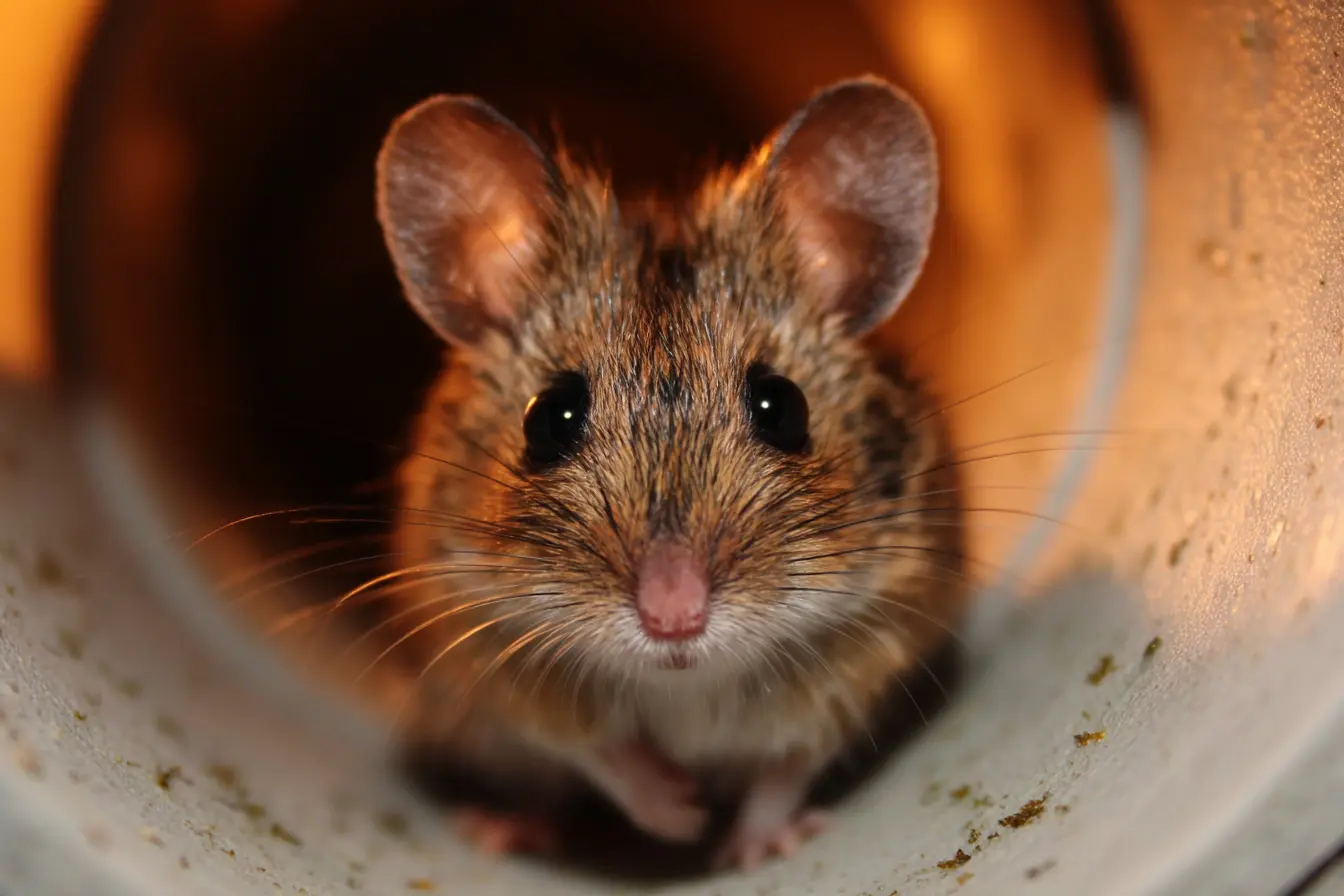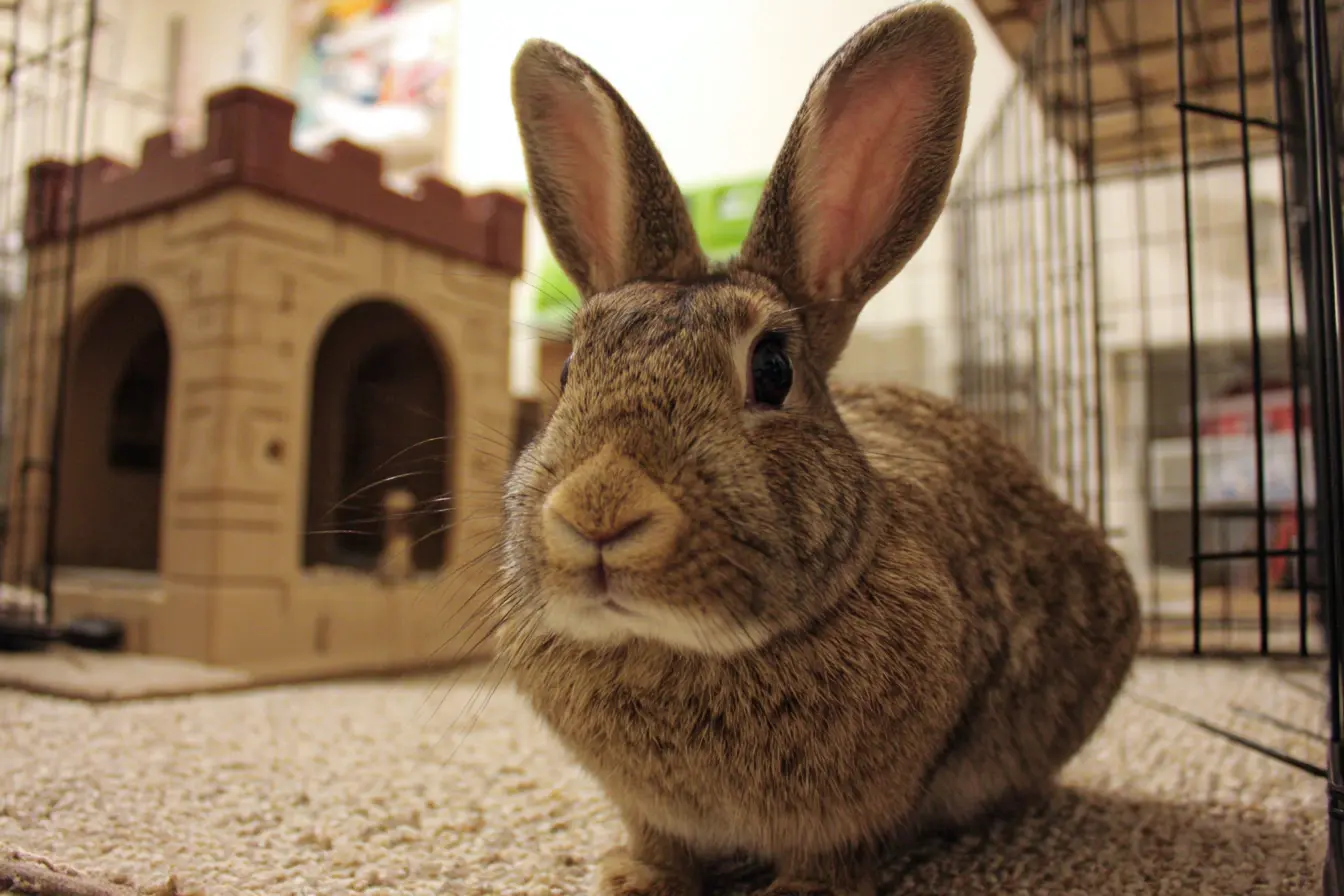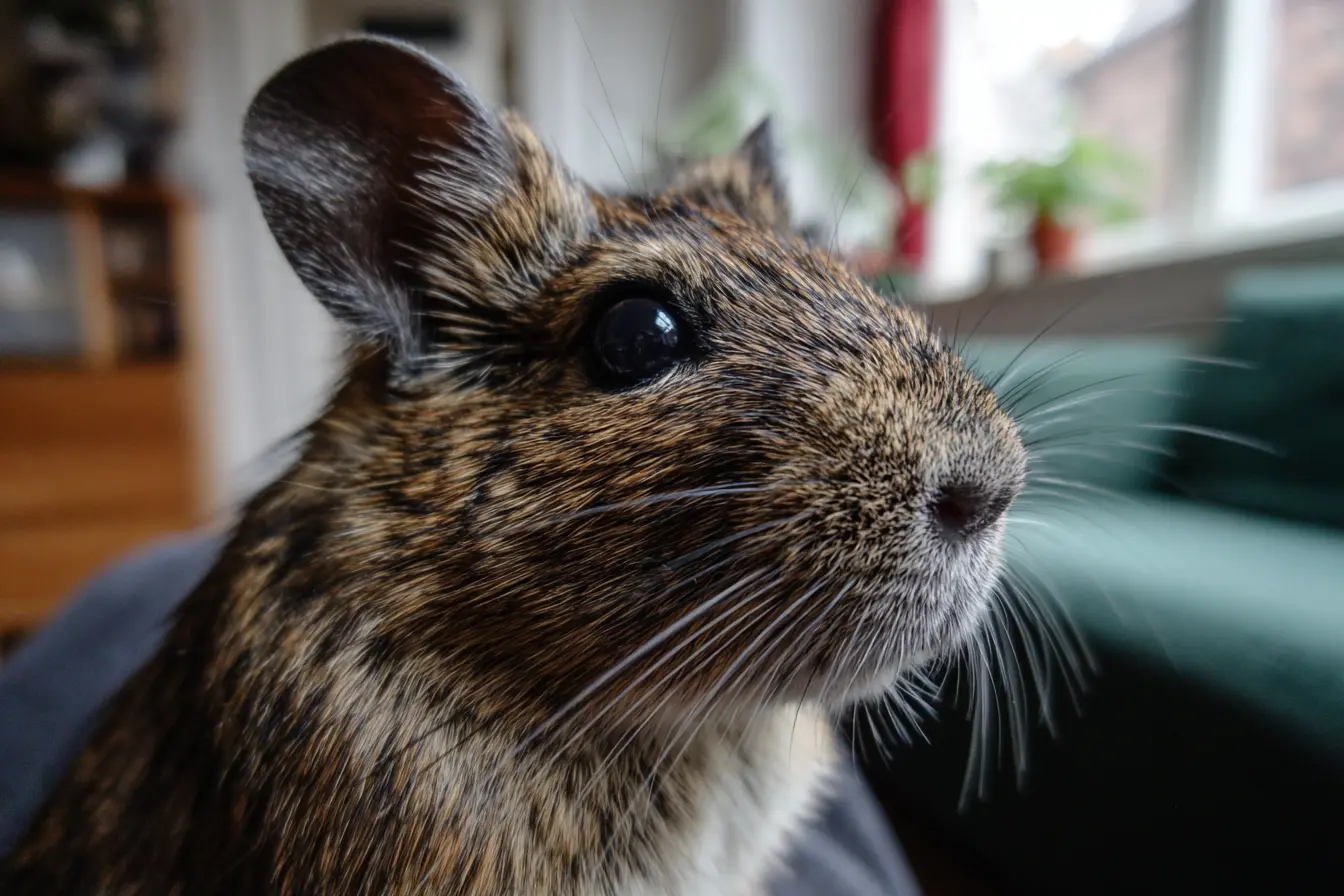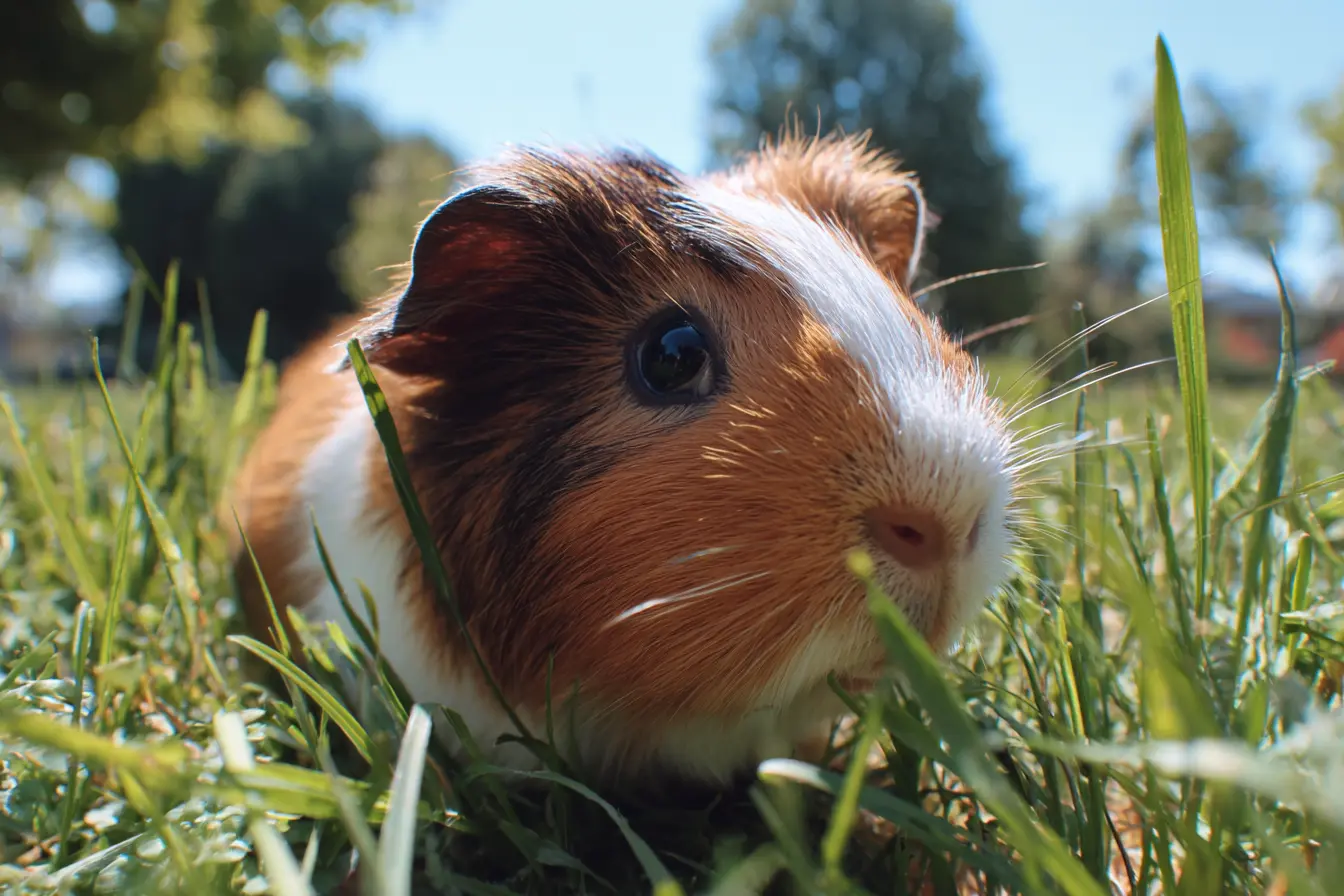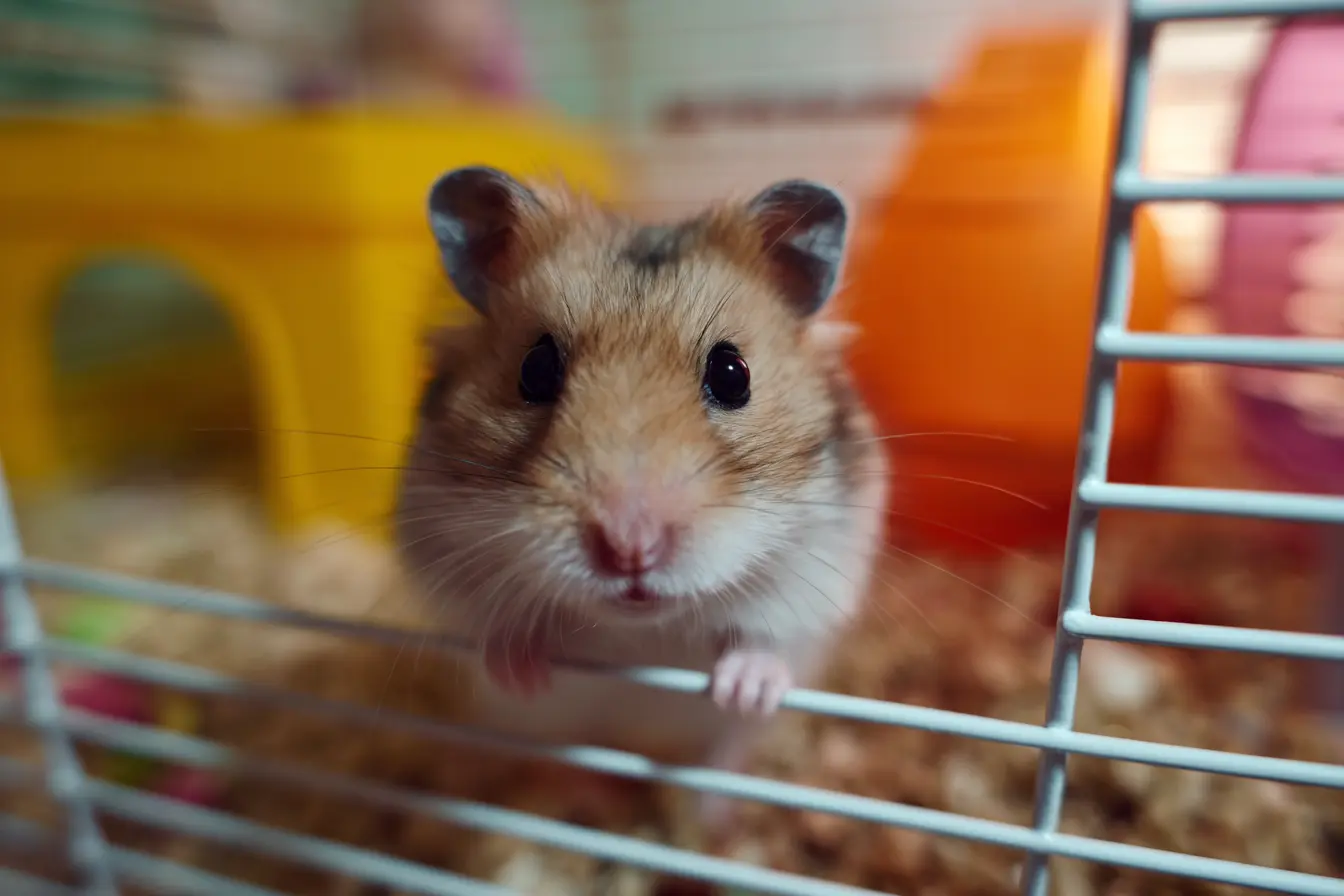
Choosing the Right Cage for Your Pet Hamster
A hamster’s cage is more than just a container — it is their entire world. Selecting the right habitat can mean the difference between a happy, healthy pet and one that experiences stress, illness, or even behavioural issues. This guide covers everything you need to know to choose the best possible cage for your hamster.
Space Matters
One of the most overlooked aspects of hamster care is cage size. Many cages marketed for hamsters are far too small. As a general rule of thumb, your hamster needs at least 80 x 50 cm of uninterrupted floor space with a minimum height of 40 cm. Bigger is always better, especially for Syrian hamsters who require more room than dwarf breeds.
Look for a cage that allows for natural behaviours like digging, climbing, running, and exploring. A cramped environment leads to boredom and stress, which can cause bar-chewing, lethargy, or aggression.
Different Hamster Breeds and Their Needs
Different hamster species have slightly different housing needs. Understanding your hamster’s breed will help you choose a more suitable cage.
Syrian Hamsters
Also known as golden or teddy bear hamsters, Syrians are the largest and most solitary breed.
- Minimum floor space: 80 x 50 cm
- Bar spacing: 1 cm or less
- Cage type: Any type works as long as space and ventilation are adequate
- Notes: Must be housed alone. Require a large wheel (28 cm or more in diameter).
Dwarf Hamsters
This category includes Campbell’s, Winter White, and hybrid dwarfs.
- Minimum floor space: At least 70 x 40 cm, though more is recommended
- Bar spacing: 0.5 cm or less
- Cage type: Tanks or bin cages are often preferred to prevent escapes
- Notes: Can sometimes live in same-sex pairs, but this is risky and requires expert handling. Deep substrate and enrichment are vital.
Roborovski Hamsters
The smallest and fastest of all hamster breeds, Robos are very active and shy.
- Minimum floor space: 80 x 50 cm or more
- Bar spacing: 0.5 cm or less
- Cage type: Secure tanks or bin cages, ideally with a large footprint
- Notes: Rarely tolerate handling. Need ample space and hiding areas to feel secure. Often prefer minimal vertical height.
Chinese Hamsters
Technically not a dwarf hamster but similar in size.
- Minimum floor space: 80 x 50 cm
- Bar spacing: 0.5 cm or less
- Cage type: Secure tanks or low-bar cages
- Notes: Excellent climbers, so vertical enrichment can be provided safely. Usually best housed alone.
Bar Spacing and Safety
Hamsters are incredible escape artists. If you're opting for a wire cage, check the bar spacing carefully:
- For Syrian hamsters: gaps no larger than 1 cm
- For dwarf and other small breeds: 0.5 cm or less
Wider gaps are a risk for escapes or injury. Always inspect the cage thoroughly before use, looking for sharp edges, loose wires, or poorly secured doors.
Cage Types: Pros and Cons
There are three main types of cages to consider:
Wire Cages with Plastic Base
These are the most common and widely available.
Pros:
- Good ventilation
- Easy to clean
- Easy to attach accessories (like water bottles or toys)
Cons:
- Can lead to bar-chewing
- Mess can be scattered outside the bars
- Not ideal for deep bedding (hamsters love to burrow)
Glass or Plastic Tanks
Also known as aquariums or bin cages.
Pros:
- Excellent for deep bedding and burrowing
- Prevents mess from escaping
- No bar-chewing
Cons:
- Poorer ventilation (requires a mesh lid)
- Heavier and harder to move
- Cleaning can be more effort
DIY and IKEA Hack Cages
Many owners build their own cages using IKEA furniture like the Detolf display case.
Pros:
- Customisable and often more spacious
- Can be budget-friendly
- Looks attractive in a home
Cons:
- Requires some DIY skills
- May need added ventilation or modifications
Substrate and Depth
Hamsters need a generous layer of substrate to dig in. Aim for a minimum depth of 15–20 cm. Suitable substrates include:
- Aspen shavings (dust-free)
- Paper-based bedding
- Hemp bedding
Avoid pine or cedar shavings, as these can cause respiratory issues.
Ventilation
Fresh air is crucial for preventing dampness and mould. If you’re using a tank or plastic bin, make sure to include a mesh top and possibly side vents. Avoid keeping the cage in enclosed spaces or rooms with poor air circulation.
Accessibility and Cleaning
Choose a cage that is easy to access for feeding, taming, and cleaning. Top-opening cages offer better access than side-opening ones. Consider how you’ll clean the base and remove soiled substrate — if it’s too cumbersome, maintenance will quickly become a chore.
Enrichment and Layout
Once you've chosen your cage, it’s time to furnish it:
- Wheel: Solid-surface and appropriately sized (at least 28 cm diameter for Syrians, 20 cm or more for dwarfs and Robos)
- Hideouts: At least one enclosed space to sleep and feel secure
- Tunnels and Platforms: For climbing and exploration
- Chew Toys: To keep teeth healthy and satisfy natural instincts
- Sand Bath: Especially important for dwarf hamsters and Robos to keep their fur clean
Keep items low to the ground or stable to prevent falls. Hamsters lack depth perception and can injure themselves from surprisingly short heights.
Location in the Home
Place the cage in a quiet area away from direct sunlight, draughts, and loud noises. Avoid kitchens and bathrooms where temperature and humidity fluctuate. Hamsters are nocturnal, so choose a spot where they can explore without disturbing or being disturbed during the night.
Summary
Choosing the right cage for your hamster involves more than picking the first enclosure you see in the pet shop. Prioritise space, safety, ventilation, and ease of use. Remember, a good cage is an investment in your pet’s well-being and will greatly enhance their quality of life.
Consider your hamster’s specific species when making decisions, and aim to replicate the natural environment as much as possible. Take your time, do your research, and create a habitat that reflects the care and commitment your little companion deserves.
Vets near you
Speciality vets
- Aquatics vet specialists
- Birds vet specialists
- Camelids vet specialists
- Cats vet specialists
- Cattle vet specialists
- Deer vet specialists
- Dogs vet specialists
- Equines vet specialists
- Exotic vet specialists
- Goats vet specialists
- Pigs vet specialists
- Poultry vet specialists
- Sheep vet specialists
- Small Mammals vet specialists
- Wild vet specialists
